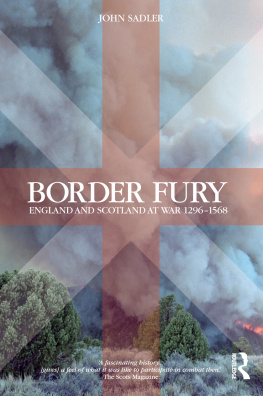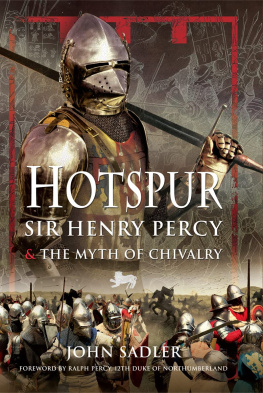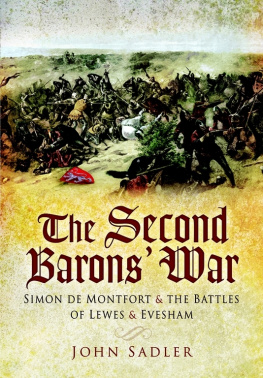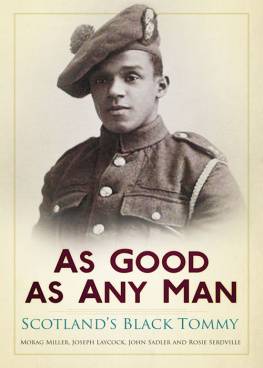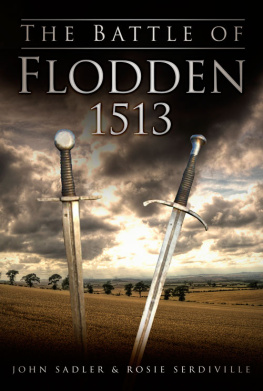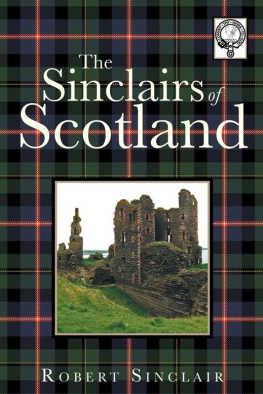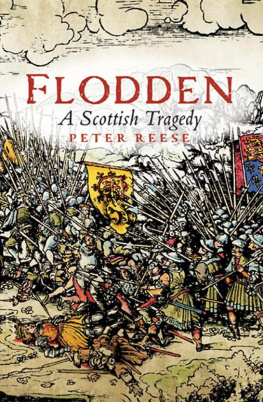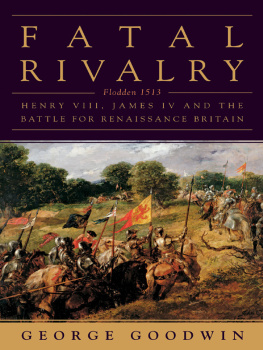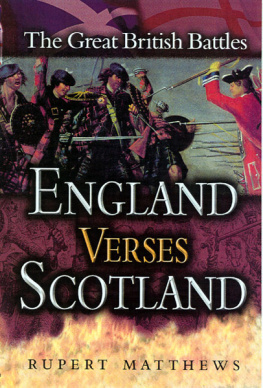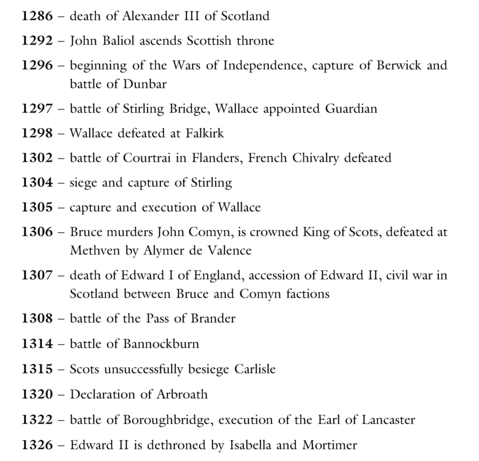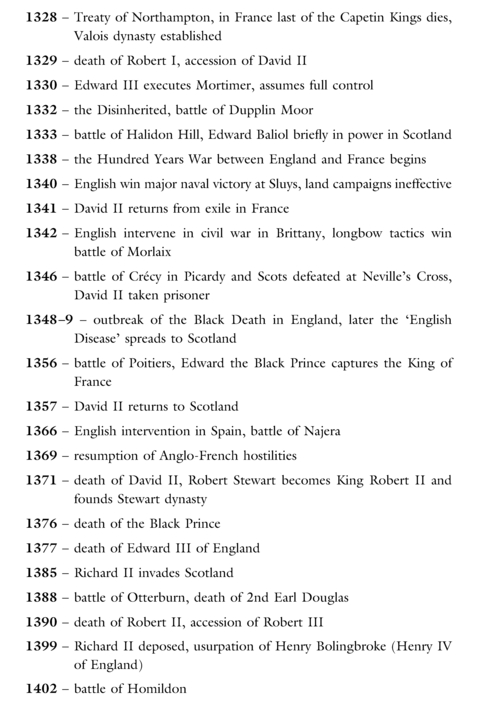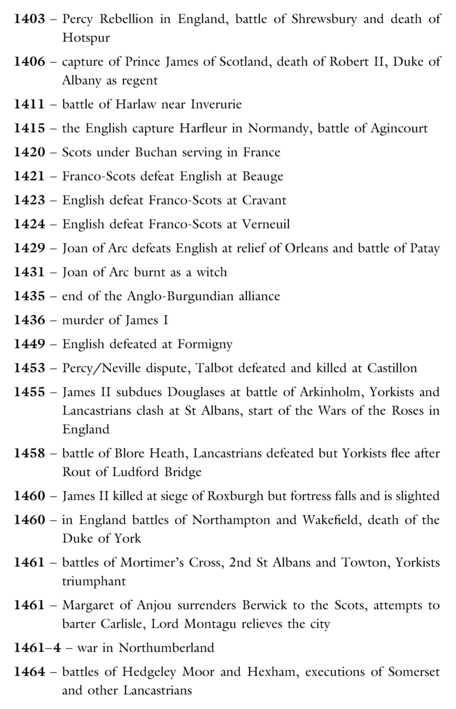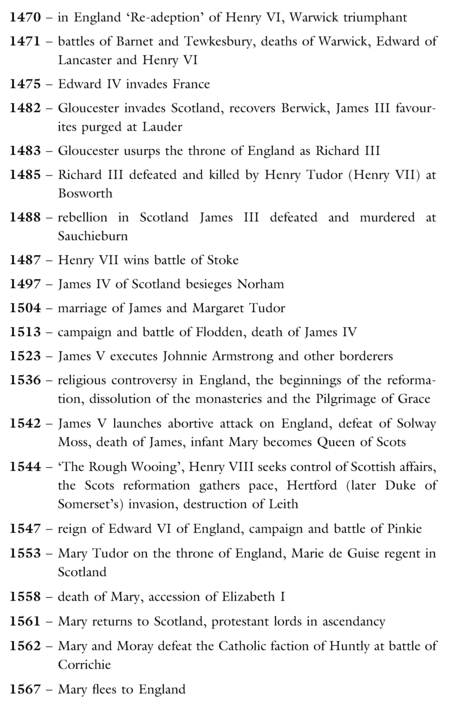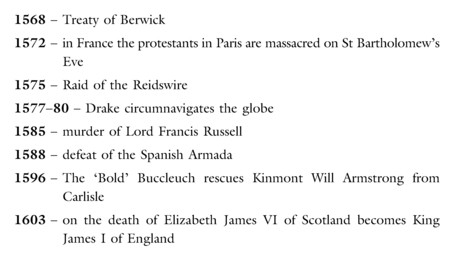Border Fury
Border Fury
England and Scotland at War, 1296-1568
John Sadler
First published 2005
by Pearson Education Limited
This paperback edition published 2006
Published 2013
by Routledge
2 Park Square, Milton Park, Abingdon, Oxon OX14 4RN
711 Third Avenue, New York, NY 10017, USA
Routledge is an imprint of the Taylor & Francis Group, an informa business
John Sadler 2005, 2006
The right of John Sadler to be identified as author of this work has been asserted by him in accordance with the Copyright, Designs and Patents Act 1988.
All rights reserved. No part of this book may be reprinted or reproduced or utilised in any form or by any electronic, mechanical, or other means, now known or hereafter invented, including photocopying and recording, or in any information storage or retrieval system, without permission in writing from the publishers.
Notices
Knowledge and best practice in this field are constantly changing. As new research and experience broaden our understanding, changes in research methods, professional practices, or medical treatment may become necessary.
Practitioners and researchers must always rely on their own experience and knowledge in evaluating and using any information, methods, compounds, or experiments described herein. In using such information or methods they should be mindful of their own safety and the safety of others, including parties for whom they have a professional responsibility.
To the fullest extent of the law, neither the Publisher nor the authors, contributors, or editors, assume any liability for any injury and/or damage to persons or property as a matter of products liability, negligence or otherwise, or from any use or operation of any methods, products, instructions, or ideas contained in the material herein.
ISBN 13: 978-1-4058-4022-4 (pbk)
British Library Cataloguing in Publication Data
A CIP catalogue record for this book can be obtained from the British Library
Library of Congress Cataloging-in-Publication data
A CIP catalog record for this book can be obtained from the Library of Congress
For Katherine
Contents
| Plates (in first plate section) |
| Plates (in second plate section) |
| Maps |
Thanks are due to the following whose generous assistance has made the writing of this book possible. First to my agent Duncan McAra for his unstinting encouragement and support over many years; to Casey Mein, Benjamin Roberts and Viv Church at Pearson for their support, encouragement and unfailing courtesy, and also to Ann Hall for the indexing.
In addition, thanks are due to Dr David Edge at the Wallace Collection, Ailsa MacTaggart of Historic Scotland, Shona Corner of National Galleries of Scotland, Dr Richard Britnell of Durham University, Professor Anthony Pollard at Teeside University, Joe Ann Ricca of the Richard III Foundation, Charles Wesencraft, who has shed interesting new light on the battle of Otterburn, the members of The Steel Bonnets Living History Society, the staff of the Border History Museum at Hexham, the Royal Armouries Leeds, staff of English Heritage at Aydon, Prudhoe, Carlisle and Berwick, of Historic Scotland at Hermitage and Smailholm, and of The National Trust for Scotland at Bannockburn Visitor Centre.
Lastly and, as ever, especial thanks are due to my wife Ruth for her continued patience and for understanding the stresses of an author struggling to cope with the day-to-day demands of home and day job!
Any errors, omissions or inconsistencies are, of course, entirely my own.
John Sadler
The publishers are grateful to the following for permission to reproduce copyright material:
The Scottish National Portrait Gallery for six plate section images of royal personages, National Galleries of Scotland; The Royal Armouries for use of seventeen plate section images of arms and armour, The Board of Trustees of the Armouries; the Historic Scotland Photographic Library for use of their image of Stirling Castle, Crown copyright reproduced courtesy of Historic Scotland.
In some instances we have been unable to trace the owners of copyright material, and we would appreciate any information that would enable us to do so.
Chapter
Flowers of the Forest
Here are two people almost identical in blood... the same in language and religion; and yet a few years of quarrelsome isolation in comparison with the great historical cycle have so separated their thoughts and ways, that not unions nor mutual dangers, not steamers or railways, nor all the kings horses and all the kings men seem able to obliterate the broad distinction.
R.L. Stevenson, Essays of Travel
There stands, in the market place of Selkirk, in the county of that name a fine bronze statue by Thomas Clapperton. The figure of a fifteenth-century borderer, albeit looking more like a Prussian cuirassier, holds aloft a captured English banner. Legend relates that of an eighty-strong company from the town which served on the fatal field at Flodden. Only one, a man named Fletcher, returned alive, his trophy the flag of the Macclesfield contingent, led by Sir Christopher Savage. Casting the hard-won spoils in front of his fellow citizens in the market place, the lonely survivor inspired the tradition of the Common Riding, an annual event where local horsemen parade the banners of trade and guild around the burgh before symbolically throwing them down.
The disaster at Flodden in 1513 has been the inspiration for a vast liturgy of romantic verse. The ballad Flowers of the Forest recorded by Scott, though of no great antiquity in his day, captures the tone of lament:
Well hear nae mair lilting, at the eve milking;
Women and bairns are heartless and wae;
Sighing and moaning on ilka green loaming,
The flowers of the forest are a wede awee.
The sighing and moaning is almost certainly apocryphal; the borderers suffered few casualties on the field, led as they were by Lord Hume who cannily resisted his doomed monarchs desperate pleas for his division, blooded but by no means decimated, to come to the aid of their fellows. Hume may or may not have previously reached an accommodation with his English counterpart Lord Dacre, but their actions would certainly suggest an understanding based on ruthless pragmatism. Whichever national army triumphed, fire and sword would likely descend on the others border country. Besides, a true borderer, whilst he might die for profit or family honour, saw little advantage in dying for his country.

